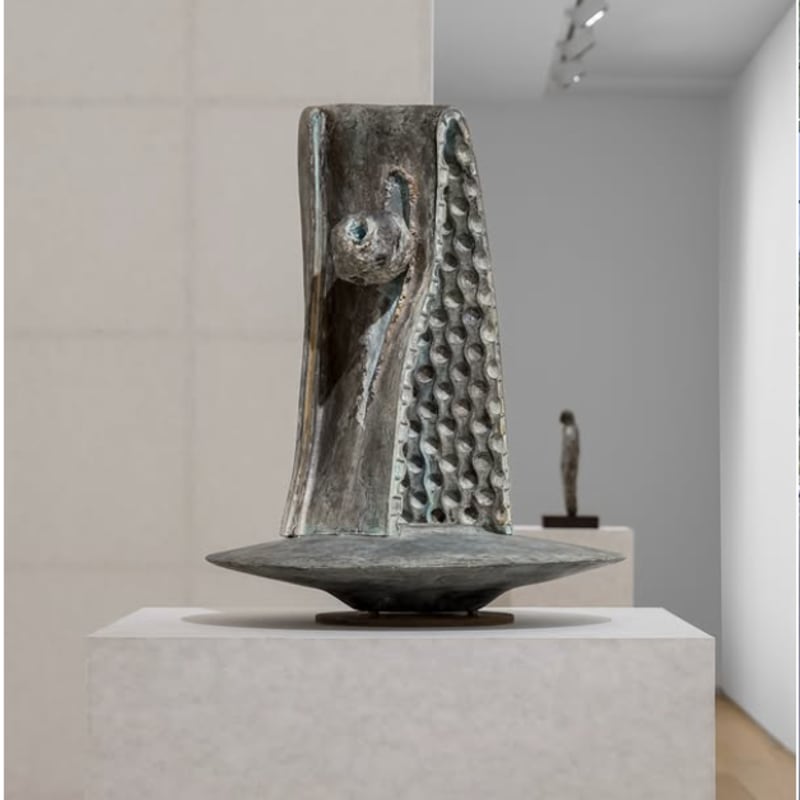One Fine Show: ‘Raqib Shaw Ballads of East and West’ at the Museum of Fine Arts Houston The exhibition showcases Shaw presenting anti-colonial narratives in new ways
By Dan Duray
I’ll never understand how Brooklyn’s own Stanley Kubrick emigrated to England. From Paths of Glory through to Barry Lindon and Eyes Wide Shut, his films reveled in the pernicious effects of entrenched and unearned power. Said effects must have confronted him everywhere he turned in the United Kingdom of the late 20th Century. A Clockwork Orange was written as a parody but by the time Kubrick died, it had basically become their reality. Kubrick’s complicated affinity for the ur-empire must account for the fact that, in a time when most robots were British, HAL 9000 somehow has an American accent.
Such interplay between colonizer and colonized is the subject of Raqib Shaw: Ballads of East and West, a new survey at the Museum of Fine Arts, Houston that collects work from 2009 to 2023. The Calcutta-born Shaw (b.1974), now quite British, explains in the catalogue that he always saw a challenge in the ironic Rudyard Kipling line, “Oh, East is East, and West is West, and never the twain shall meet.” The resulting oeuvre offers gigantic, busy paintings with a boisterous use of color and melodrama.
Shaw’s work merges several aesthetics from all the cardinal directions: Mughal artifacts, Islamic textiles, Indo-Persian architecture, Italian and Northern Renaissance paintings, and there may also be some Japanese manga in there, too. These works are a data dump, none more than The Retrospective, (2002–22, 2015–22) which sees Shaw recreating sixty miniaturized versions of his own paintings and sculptures, an homage to Giovanni Paolo Panini’s Picture Gallery with Views of Modern Rome (1757). Shaw includes himself in this work, wearing a Venetian mask with a wand-like plunger over his head like Mickey Mouse in The Sorcerer’s Apprentice. This output cannot be controlled.
Shaw bears an actual wand in Ode to the Country without a Post Office (2019–20), where two small dogs watch as the artist summons a green square, from which emerges fireflies that carry the light of his creativity into the distance. They drift out into a landscape in which a revolution seems to be occurring. Curiously, the people burning the cars are presented only in outline, as if they are mere echoes of Social Realism, aware that the revolution will never actually occur in Kashmir, named the Country Without a Post Office in a Tweet by the Kashmiri-American poet Agha Shahid Ali. Much more attention is lavished on the temple in which Shaw summons his creativity, and on himself.
Artists! Shaw’s single piece of sculpture in the show is no less intensely postmodern. Small Adam (2011) sees the artist place a chicken’s head on his own as he is raped by a lobster. The anti-colonial narrative can feel a little tired these days, but you can’t say anyone else is telling it the way Shaw does.
“Raqib Shaw: Ballads of East and West” is on view at the Museum of Fine Arts, Houston through September 2.


















































































































































































